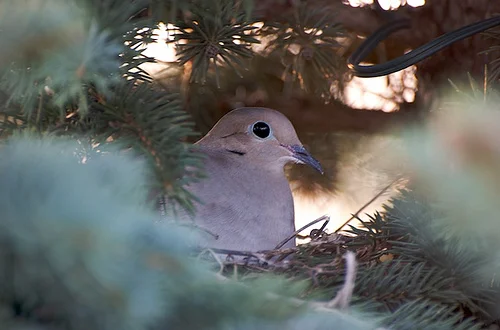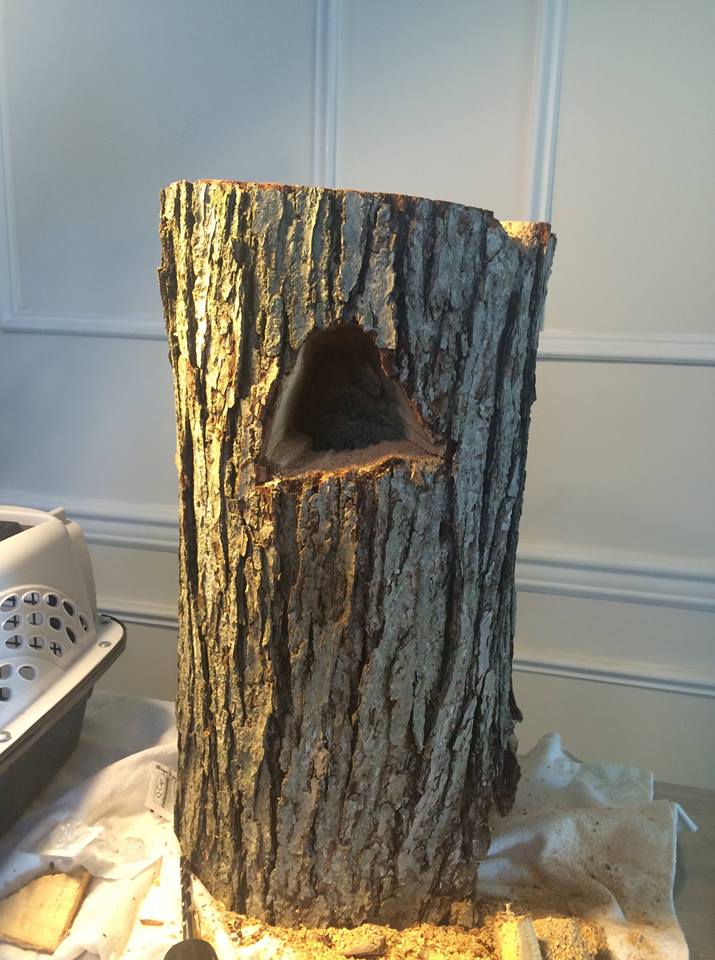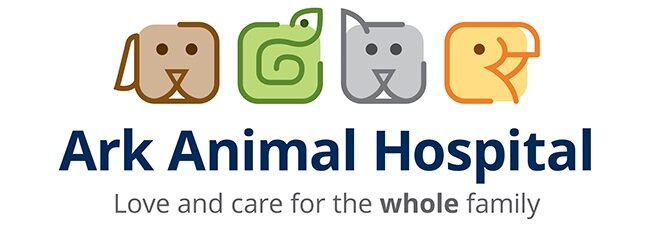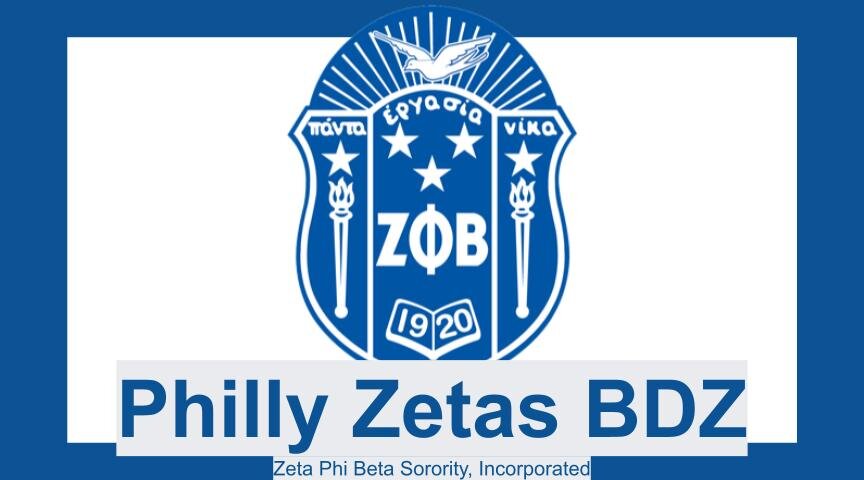Baby bird season is over for the year. Last month, near the tail end of the season, I am happy to report that I was able to be part of getting two fallen baby Mourning Doves back into their nests, and reuniting them with their parents and siblings. That is, getting them back in their nest and back into their parents’ care (because both parents feed the babies when it comes to doves. And songbirds in general.) Although I love being a rehabber, and love taking care of baby birds, my real successes are getting babies reunited with their bird parents, who can do a much better job.
Call one – a very nervous woman who saw a baby bird on the ground. After a long discussion and description, I was able to ascertain they were doves (mother bird – beige/brown, larger than a robin, smaller than a pigeon; two babies – the number of babies almost confirmed it). The WHOLE nest fell down, and mama was sitting on the babies on the ground. IN other words, sitting ducks for predators, like cats. I instructed the woman to pick up the babies and the nest (mama bird would fly away when she approached) and put it in a container, like a colander or basket – something with drainage (because if she put it in a plastic bowl with no drainage, and it rained, the babies could drown), and hang it in the original tree. She was very scared to do this, so got her neighbor to do it. He picked up the nest and babies, and placed them in the tree in their basket. Momma bird was frightened and watched from a bit far away.
The woman was scared she chased the mom away forever. I assured her that if she left the area, the mother bird WOULD come back to her babies. She called me in an hour – ‘the mother is still not with the babies!” ‘Be patient”, I said. The mother bird sees you as a predator who tried to eat her babies. She doesn’t understand you are trying to help. Mourning doves are prey – only. So they are super skittish.
An hour later, the woman called: “The mother is with the babies! She is feeding them again!”. I was so, so happy. Babies we DON’T have to take into the wildlife center are a bigger success.
Caller 2 – a woman nearby who found a bird on the ground, also a Mourning Dove. She couldn’t find the nest, and this was a bird, by description, who was too young to be out of it. The only thing she could do was bring it to the clinic. But, she didn’t drive. Turns out, she was my neighbor, and lived down the street from me, so I said I’d come over and check it out when I got home. When I got there, the baby was in a box and they had located the nest. Momma dove was in the nest with this baby’s sibling.
I said, “Great! I am going to re-nest this baby!” “WAIT!”, the woman said, “If you touch it, won’t the mom reject it?!” I explained that this is an old wives’ tale, and the momma dove has invested so much time in these babies, she won’t refuse them back. I picked up the dove, and gently plopped him back in his nest, next to his sibling. Momma flew away, but perched on a roof only a few feet away. I advised the humans to go in the house, and mom would come back. The people were amazed. “I can’t believe you just picked up that baby bird and plopped him into the nest! You are a hero!”. But again, anyone could have done it, like the man in story one. You just have to know what to do. My neighbor reported that momma dove came back shortly and resumed caring for her brood.
Two great successes today, and they didn’t even come into the clinic. I’m happy with that.
This blog post was written by Michele Wellard, Assistant Director of PMWC






















